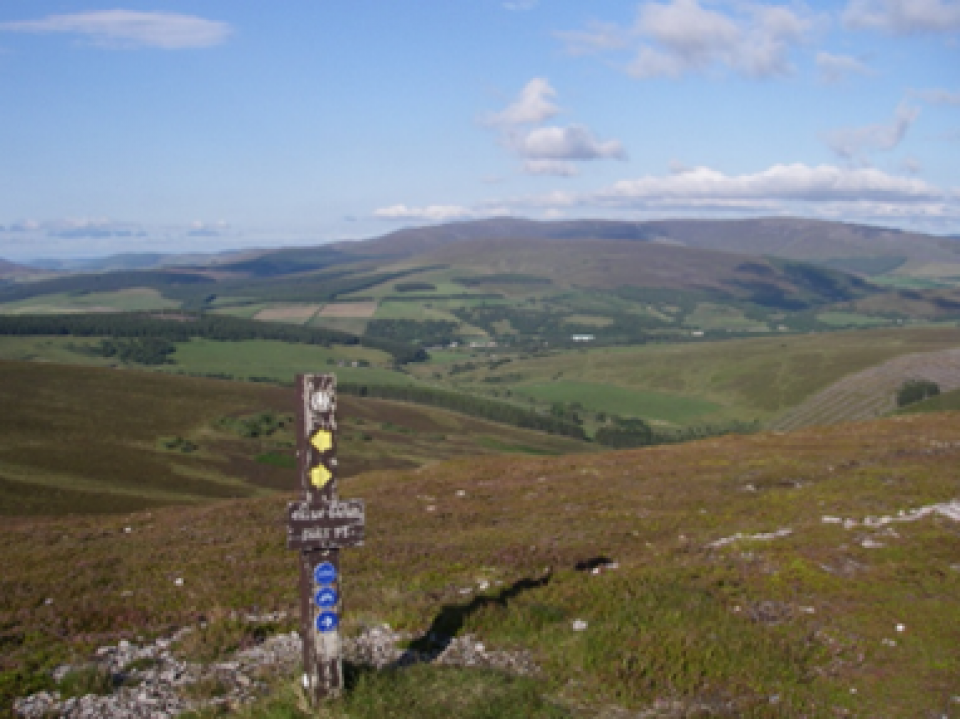
The Cairngorms National Park is Britain"s largest national park (4,528 km2) and is located in the north of Scotland; 36% of land is over 800 metres and 2% is over 1000 metres. It is home to an incredible diversity of wildlife and plants; 49% is designated as a Natura site and 25% as Sites of Scientific Importance. The land is owned in a heterogeneous mix of public and private ownership; 18,000 people call the Park their home and 1.4m people visit the Park every year.
Involving managers and residents in designing an integrated land management plan for biodiversity and tourism. Biodiversity and visiting people.
Improved management of the natural resources within the park for the benefit of the people and biodiversity of the area.
The methodologies tested in the subprojects have relevance for any one managing a diverse landscape. The ESTIMAP-Recreational model is useful to understand recreational potential and accessibility; the mapping and societal survey approach to integrated landscape value is useful to visualise and engage with people; the QuickScan tool is useful to provide a platform for integrated transparent management and the BBN is a useful approach to enhance integration of diverse knowledge sources.
ESTIMAP-Recreation and the integrated valuation approach have been evaluated by 15 stakeholders. These evaluations provided useful insight for management decisions in conjunction with other approaches.~
